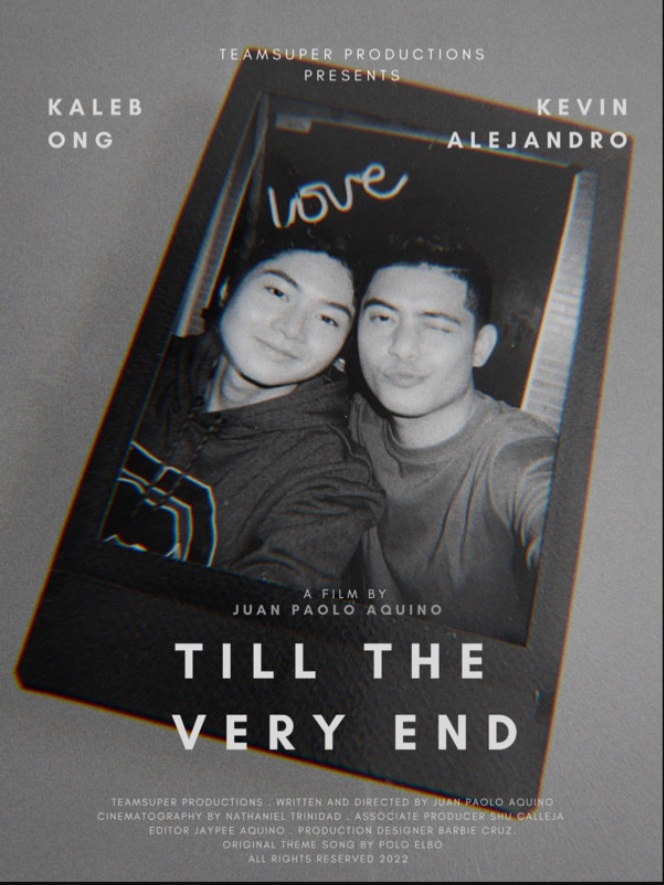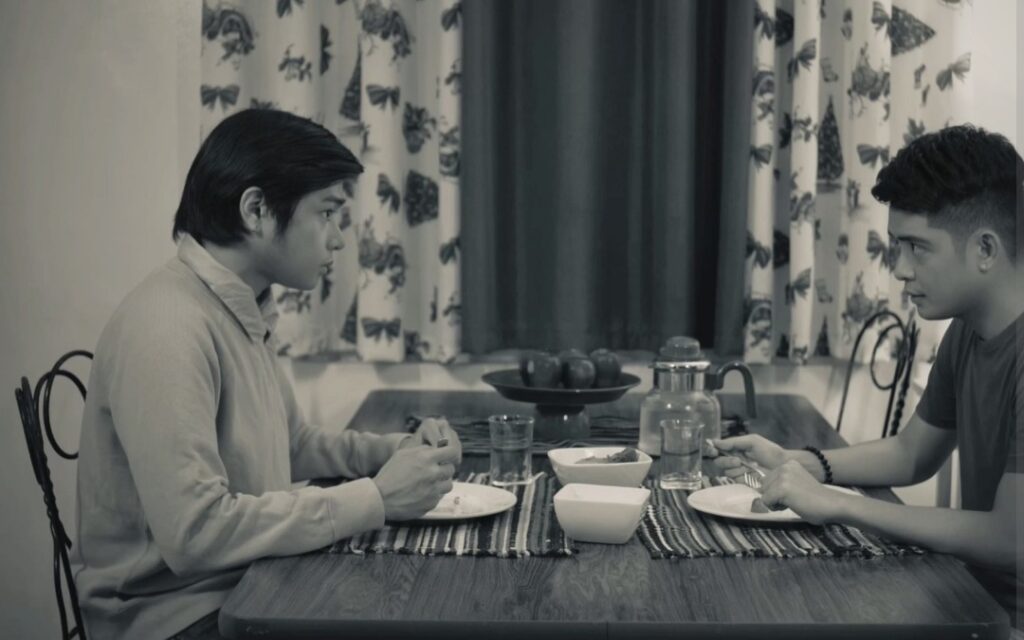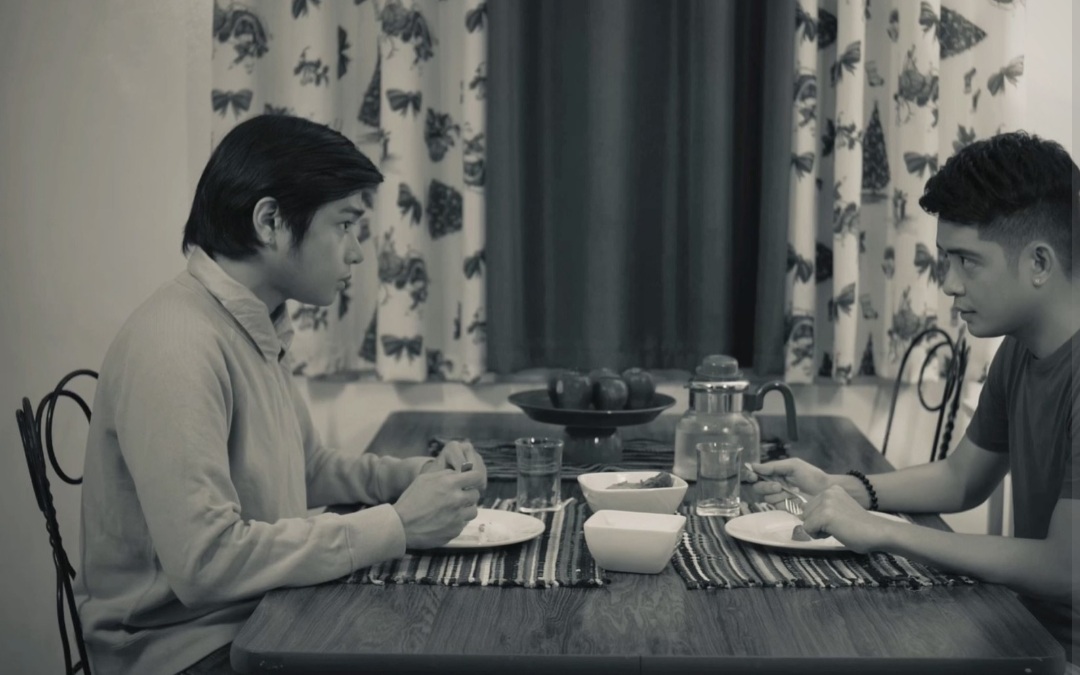The final moments of a relationship are a difficult place for anyone to be. There is so much to discuss, but nearly always too much left unsaid. In Juan Paolo Aquino’s sixteen minute short film Till the Very End, he explores those final moments of relationship purgatory through Teejay (Kevin Alejandro) and Ram (Kaleb Ong), a couple about to separate. The recipient of the Best LGBT Film award at the Los Angeles Film Awards, as well as an honorable mention at Cinemaking International Film Festival, the short looks at both Ram and Teejay’s reactions to their imminent separation and Teejay’s final efforts to reconcile the relationship.
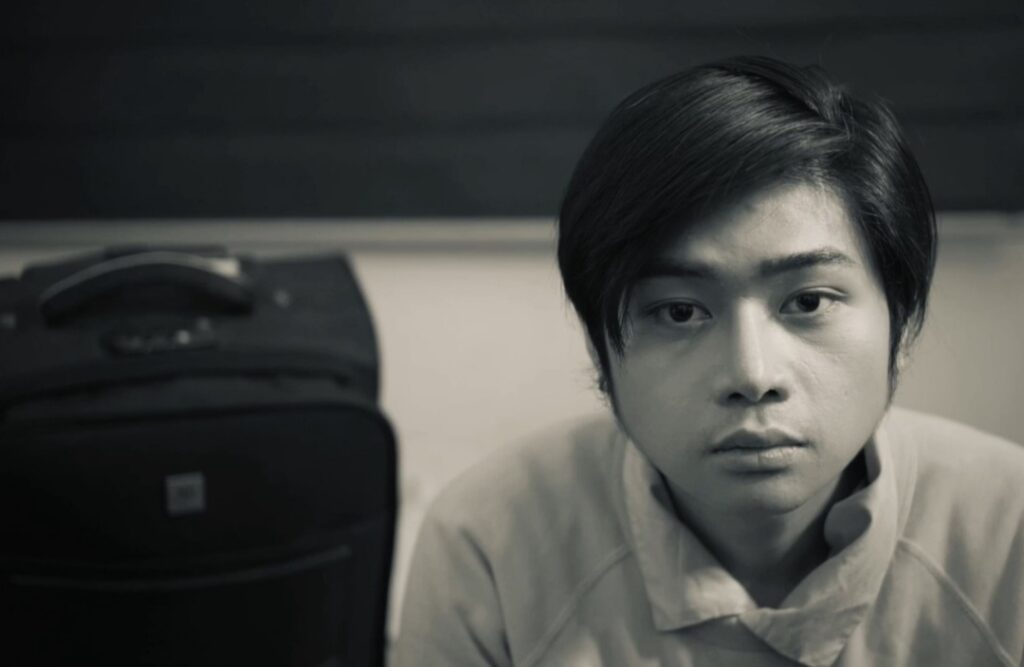
Aquino’s use of silence and sparse dialogue in the first five minutes of the film is confident, and from the beginning there is no question about where Teejay and Ram are in their relationship. In a particularly strong bit of visual storytelling, Aquino lets Alejandro and Ong dictate the scene through actions and small looks as they smoke – together, but indubitably apart emotionally. While this strength does not carry throughout the film, with the scenes tending to fall into a medium shot-reverse-shot pattern, it reveals the understanding Aquino has of space and how to use it to the film’s advantage.
The screenplay shines when it allows the tension of this no-longer relationship to simmer in subtext. Teejay’s relentless badgering of Ram about the quality of the pork stew that the two nibble on is far and away one of the most interesting scenes in the film. There is no doubt about what Teejay is actually asking Ram to comment on, but it’s a treat to watch Alejandro and Ong navigate the scene, with Alejandro beginning the line of questioning meekly and escalating with each inquiry and Ong doing his best to answer kindly, but honestly. While other moments of dialogue are direct (occasionally constructed well, but often to the film’s detriment), Alejandro and Ong in particular deliver two honest performances, with a beautiful final breakdown from Ram, that elevate moments in the screenplay that are less exceptional.
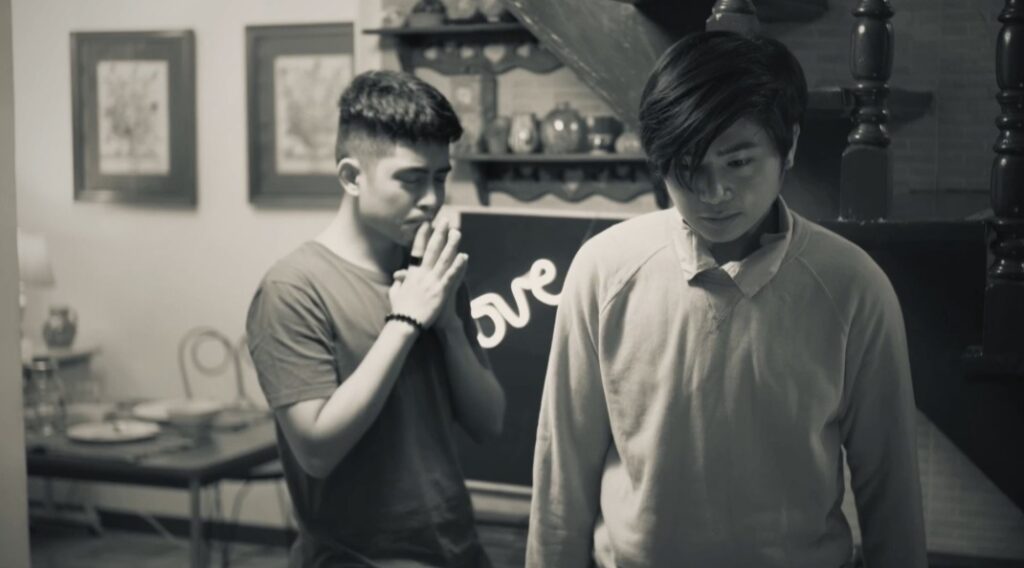
Other standout elements of the piece include the tag teaming production design, well-conceived by Barbie Cruz, and cinematography, shot by Nathaniel Trinidad. The set is minimalist, and there is little decor that indicates any kind of memory the ill-fated couple may share. Teejay and Ram are also both constantly surrounded by lines and negative space in frame, whether it be through framing (such as the first scene of the film, in which Teejay cooks alone in the kitchen) or by the set around them (such as the space between stairs next to Ram in the final scene). Additionally, bits of decor evoke feelings of being frozen in time that simultaneously reflect Teejay’s wish to stay in the relationship and Ram’s desire to leave it as they remember it as a thing of the past. Preserved leaves in a frame, what appears to be fake fruit, a polaroid of the two and a glowing neon sign that spells the word “love” all add to the thematic resolution of the film with the notion that this relationship is no longer contemporary, but is something that can and will be kept alive in time. The empty space each will have left by the other, however, is noted, and is also there to stay.
While technically ordinary, Aquino’s control of space and two strong leading performances are enough to evoke a second look at Till the Very End. The film acts as an entry-level gaze into the desperation people feel to hold on to parts of their lives and the difficulty of letting go for the better. Though separation is painful, the film encourages the audience to still hold dear the bits and memories of things they miss the most, for, as Teejay remarks. . . How will I unlove you?
